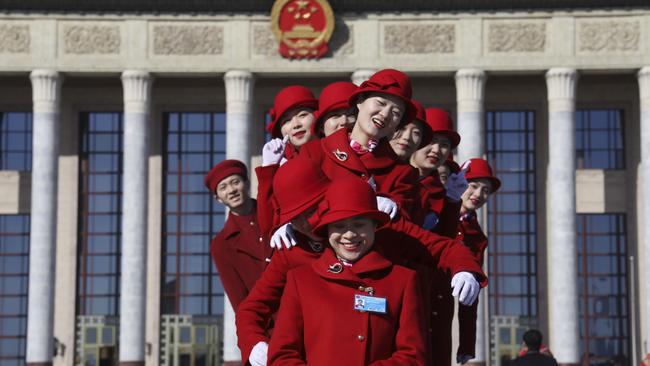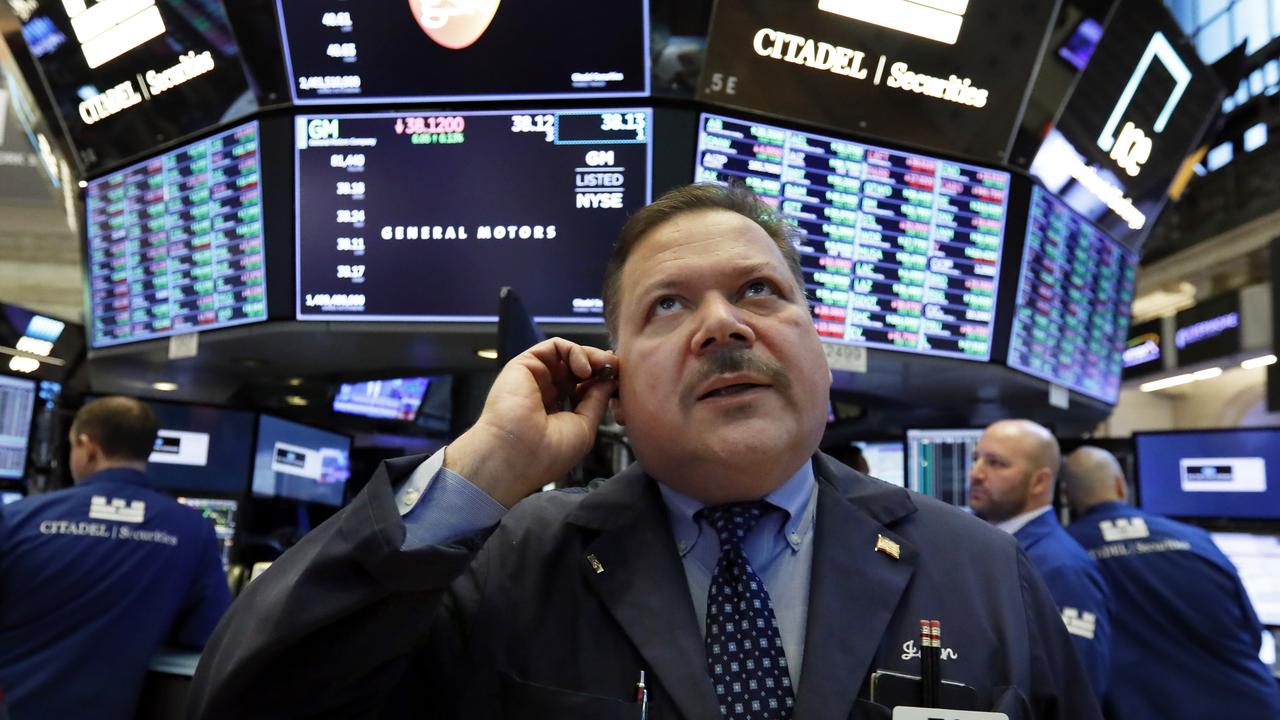Bourse to track sideways in short term
A recovery in global shares this week is consistent with the view that markets could track sideways for a few months.

A recovery in global shares this week came as the US economy showed signs of resilience.
It’s consistent with the view that markets could track sideways for a few months.
Investors are still gauging the US economy after the government shutdown and bad weather, as well as the effects of China’s fiscal and monetary policy stimulus.
With a US-China trade deal still on the cards, a lessening of tensions and a lurch away from policy normalisation may help stabilise data. Moreover, it’s too early to conclude that the central banks have made any “policy errors” that could cause recessions.
Goldman Sachs’s global head of market strategies, Brian Friedman, said recently that a “shock” could come from China’s economy, European politics or investment grade credit, where downgrades of bloated corporate borrowing could expose the inherent illiquidity of credit ETFs.
“People are worried about the market structure as it relates to credit,” he says. “There’s been so much credit created with $US3 trillion ($4.2 trillion) rated at the bottom of investment grade.
“The problem (is) where you’ve had this big move from active to passive, so much of this corporate paper now sits in these passive funds that offer daily liquidity not matched by market liquidity. The problem is when you get to times of stress, these credit markets stop trading.
“So if you were to have a situation where either a fund goes bankrupt and needs to liquidate, or you see just a lot of AUM (assets under management) get pulled from ETFs, it’ll be very hard for them to match that liquidity, because the other side is not trading.”
Still, his view was that investors should be in “carry trades”, the cheapest of which were to be found in emerging markets, while awaiting confirmation on the global growth pulse.
Friedman says volatility will be low, which is positive for risk assets, and so far he’s been right.
Of course, there is a divergence of views which may lead to sideways trading in the short term.
Morgan Stanley’s US equity strategist Michael Wilson sees risk to consensus US corporate earnings estimates, which have already been revised down 6 per cent since September.
“Don’t trust the strong rally on bad December quarter results,” he said. “The correction is not over until margin pressures stabilise, which means defensives are likely to resume leadership.”
He conceded that valuations weren’t as stretched as they were in September due to the fact that 10-year Treasury yields are 40 basis points lower, so the S&P 500 is “only modestly overvalued”.
But with consensus earnings estimates likely to fall another 4-5 per cent, Wilson predicts “more downside in this correction”, though only to 2500 points rather than the December low of 2347.
His view is that US tax cuts enacted in late 2017 probably caused the Fed to tighten more quickly than it would have otherwise and also caused the US economy to overheat, causing excesses in both the labour market and supply chains that now need to be wrung out of corporate costs.
He sees evidence of this cost rationalisation in February jobs data which saw one of weakest payrolls numbers and the highest wage cost reading since the economic recovery began in 2009.
Wilson also notes that US job cut announcements spiked last week to the highest reading since July, and Amazon reportedly stopped ordering product from many of its wholesale vendors, perhaps as a sign they are trying to reduce inventory costs.
Of course the S&P 500 bounced 3.6 per cent off last week’s low to a fresh five-month high this week.
And charts are positive after the US averages bounced off their now-rising 200-day moving averages although the S&P 500 has so far been capped near the top of Wilson’s 2500-2800 range.
JP Morgan’s cross-asset strategy team moved to overweight on commodities yesterday, while keeping a “sizeable overweight” equities versus bonds.
They look for upgraded guidance and consensus estimates, improved business confidence, increased trade volumes and a weaker US dollar once a US-China trade deal is struck.
“Plus central banks have adopted an increasingly dovish tilt this year, and the Fed appears likely to shift its monetary policy strategy towards an average inflation targeting framework,” they say.
“Since risky assets tend to price in forward-looking fundamentals, we believe markets are likely to look through the soft patch and increasingly price in the second half growth rebound.”
“We additionally introduce a commodity overweight on expectations of a global manufacturing rebound mid-year and increased Chinese purchases once the US-China trade agreement is finalised.”



